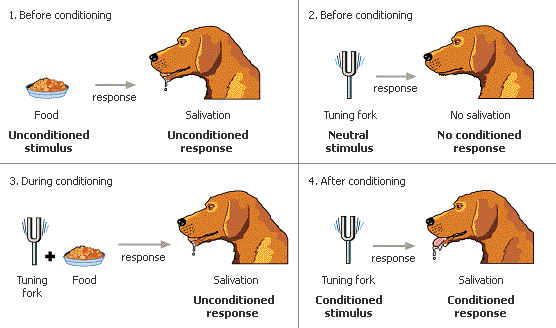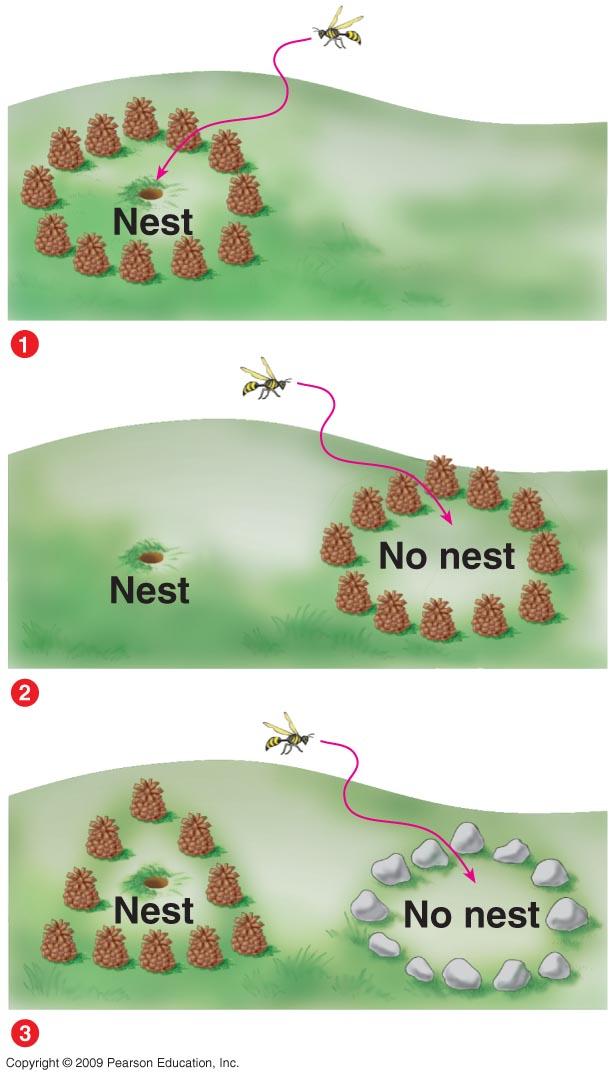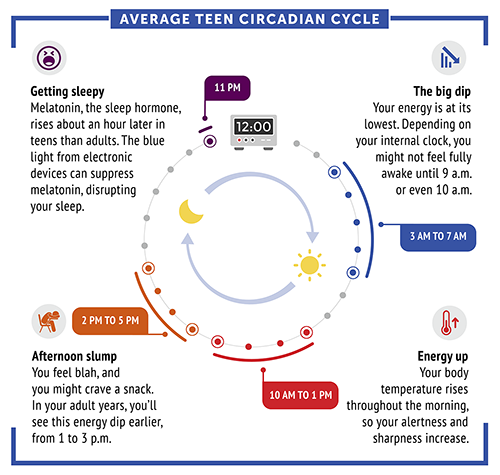What is animal behavior?
As the name suggests, animal behavior, is the behavioral characteristics that an animal displays. These behaviors help the animal interact with its environment and usually either increases the fitness or the reproductive success of the organism.
Kinds of Animal Behavior.
Innate behaviors are behaviors that the organism inherits from its parents. For example, care for offspring by female parents is an innate behavior.
Fixed action patterns (FAPs) is a type of innate behavior that is triggered by some sort of stimulus. Once it is triggered, it must be completed no matter what the result is. An example of this is greylag geese. Greylag geese will roll any egg that is outside its nest into the nest because of a fixed action pattern. Even if the egg is removed while it is being rolled by the goose, the goose continues to roll the (now imaginary) egg back to the nest.
Imprinting is when an organism learns a behavior during a time in its life called a critical period. Once the behavior is learned, it cannot be unlearned or forgotten.
Associative learning is when an animal learns that one action is linked to another. This can lead to classical conditioning. Classical conditioning is when a response is triggered with a stimulus that is different from the normal stimulus, but similar to the original stimulus. Ivan Pavlov conducted a famous experiment that gave support to this type of learning. He realized that dogs salivate when given food, and started to ring a bell/tuning fork before giving the food. After doing this many times, he realized that the dogs associated the noise from the bell/tuning fork with food, causing them to salivate when they heard the bell/tuning fork. In this case, the stimulus changed from food to the noise from the bell/tuning fork.

Trial-and-error learning/operant conditioning is another type of associative learning. Animals will learn whether an activity causes them to benefit or gain based on the reward or punishment. Operant conditioning is usually how humans teach animals to perform tricks.
When an acquired behavior is forgotten or lost, it is called extinction.
Spatial learning is also a form of associative learning. Animals use landmarks to identify a location and return to that location. If the landmarks are moved or removed, the animals will be unable to locate the correct spot.

Habituation allows animals to disregard stimuli that do not benefit them. For example, sea anemones use tentacles to capture food and put it in their mouth. If the sea anemones touch an item that is not food (such as a stick), the stimulus will be ignored and the sea anemone will not attempt to put it in its mouth.
Observational learning is when animals copy other animals' behavior. The copied behavior is usually beneficial to the animal and improves the animal's fitness.
Insight is when an animal exhibits a behavior that allows it to benefit when put into a new situation. Using insight, chimpanzees are able to stack boxes and climb them so that they can reach bananas that are otherwise hard to reach.
Animal movement
Stimuli can also cause animals to move from one place to another. This can be for a more desirable habitat, avoiding danger, or even looking for mates. There are different kinds of movements:
- Kinesis is undirected movement. There is a noticeable change in movement speed and the animal spends more time in a favorable environment.
- Taxis is directed movement due to a stimulus. It can be either toward or away from the stimulus. Phototaxis is movement in response to light, and chemotaxis is movement in response to chemicals.
- Quorum sensing only applies to bacteria. Bacteria from the same species band together and create colonies. By grouping together, they can create biofilms and work together.
- Migration is seasonal long distance movement. It is usually caused by changing environmental conditions. Birds are a common example of migration.


Rhythms
All animals have rhythms. You many have heard about the circadian rhythm, which is the pattern of activity in a 24 hour/1 day cycle. All animals have a biological clock which can be reset or resynchronized by light or other external cues. There are a couple different rhythms that animal have:
- Day/night rhythms are rhythms that allow an animal to determine whether it is day or night. Diurnal animals are animals that are awake during the day and sleeping during the night. Nocturnal animals are animals that are awake during the night and sleeping during the day. Humans maintain their sleep cycle with the release of a chemical called melatonin. More melatonin makes you feel sleepier.
- Hibernation is when animals sleep for extended periods of time during the winter. This allows the animal to conserve energy during a time that would cause them to be pushed to the extremes. They usually draw from fat reserves for energy.
- Estivation is when animals burrow deep into the ground or go in tunnels to prevent drying up in the harsh heat.
- Courtship and mating usually occur during the spring, which is the optimal time for the parents or offspring to find food and nutrients.

